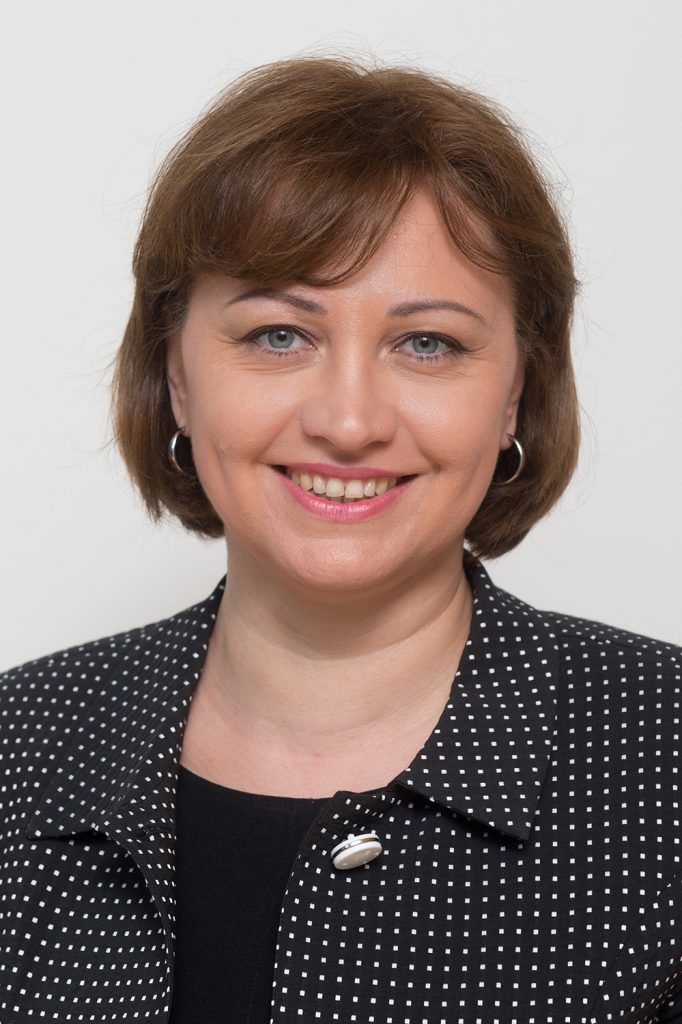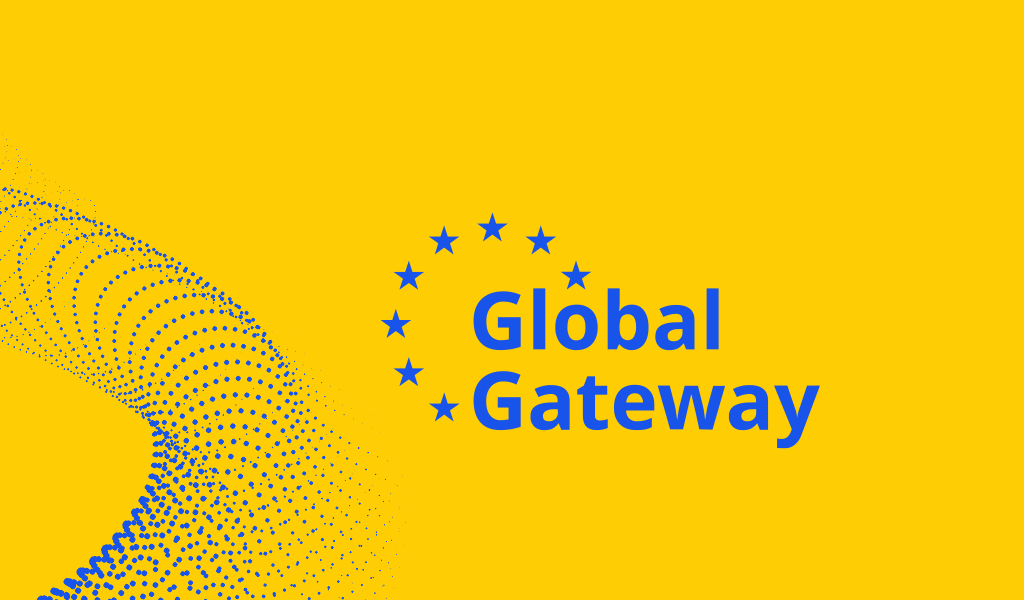The EU’s Global Gateway initiative is the right step forward in improving connectivity with non-EU partners and like-minded developing countries.
In its relevant opinion, the European Economic and Social Committee (EESC) underlines that civil society representatives must be included on the board that will be set up to coordinate Global Gateway investments. It also stresses that the eligibility of Global Gateway projects must be linked to the EU’s values and principles.
In the debate on the Global Gateway opinion adopted at the May plenary session, EESC members highlighted that the EU is developing its strategic muscle under this initiative. They also pointed out that this policy opens the door to greater investments and builds on stronger trade relations with developing countries, against the backdrop of the just transition. In other words, the Global Gateway initiative is not only designed to be a diplomatic instrument, but also a communication tool.

“The Global Gateway strategy is important for the EU to maintain and enhance its physical connections with other parts of the world, particularly regarding infrastructure that provides access to water, food and energy”.
Dumitru Fornea
The European Commission’s intention to set up a board to coordinate this initiative is welcomed by the EESC, given that a common governance of this strategy is very much needed to achieve the results in a relatively short period of time.
However, a number of EESC members underscored that civil society organisations, including trade unions and business representatives, have to be involved. Their input will contribute to the quality and relevance of the decisions that will be taken by this board.
Furthermore, the EESC insists that investments in priority corridors for transport, energy and electronic communications infrastructure must be based on impact assessments that assess strategic considerations, including lessons learned from armed conflicts in Ukraine, Nagorno-Karabakh, Syria, Ossetia, Libya, as well as other issues that are related to climate change and environmental protection.
Unlike China’s Belt and Road Initiative, the Global Gateway is neither an administrative nor an additional financial structure. It is an umbrella brand aiming to ensure that European values are respected and promoted.

“The respect for fundamental human rights, social and environmental impact assessment and compliance with transparency and due diligence procedures must be embedded in the sine qua non conditionalities for launching any project funded by EU state and non-state actors”.
Violeta Jelić
A number of EESC members added that the dramatic situation of the war in Ukraine demonstr
ates the need for swift financial adaptations. Therefore, the financial instruments in the strategy must be flexible and comprehensive enough to be used quickly in crisis situations that arise globally, and especially in the EU’s neighbourhood.
The Global Gateway Communication was published on 1 December 2021 following the G7 meeting earlier in July, setting out a new strategy for the EU to step up its cooperation with its partners via major investments in infrastructure across the world.
Between 2021 and 2027, Team Europe, meaning the EU institutions and EU Member States jointly, will mobilise up to EUR 300 billion of investments in digital, climate and energy, transport, health, education and research projects.




